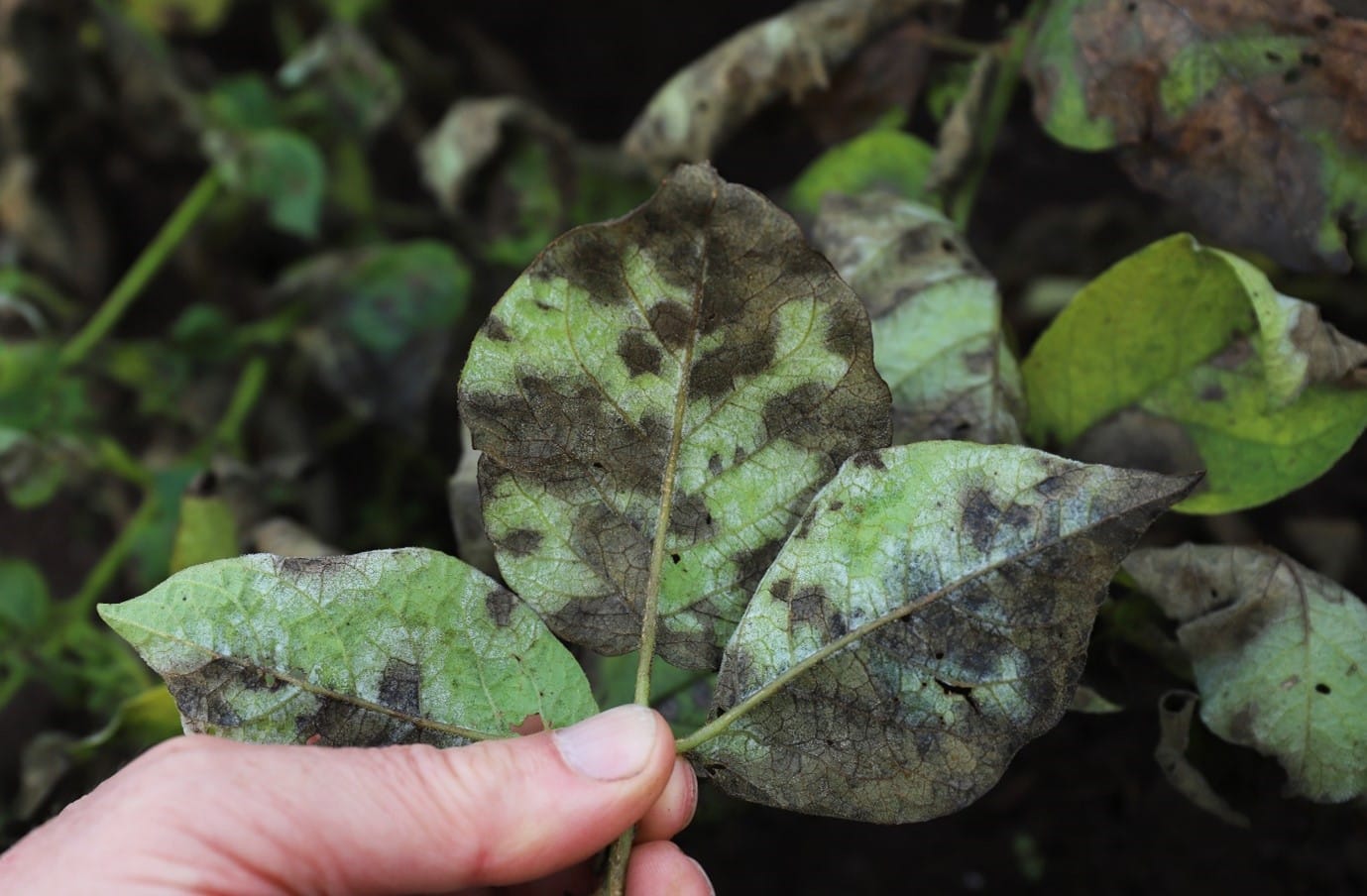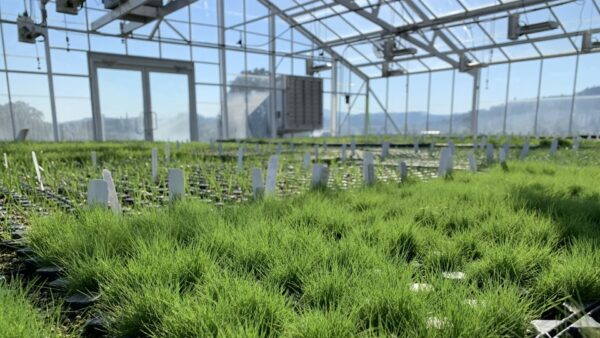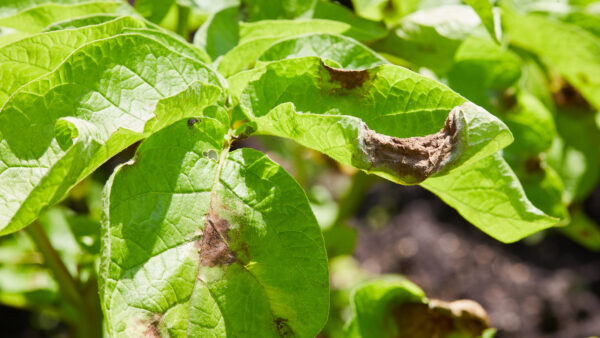The James Hutton Institute announced on 28 August its role in co-leading a new £38m UK-wide centre which could soon see alternatives to animal proteins made from plants, fungi, algae and meat grown in labs.
The National Alternative Protein Innovation Centre (NAPIC) has received £15m of funding from the Biotechnology and Biological Sciences Research Council (BBSRC) and Innovate UK to fund the centre dedicated to developing acceptable and planet-friendly alternatives to animal proteins, according to a press release.
The remaining funding has been provided by the centre’s three additional partners: the Universities of Sheffield, Leeds, and Imperial College London, along with the Hutton.
Animal agriculture is estimated to contribute up to 20% of global greenhouse gas emissions. With the global population expected to approach 10 billion by 2050, the demand for protein is anticipated to increase significantly. According to some estimates, including those from the UN Environment Programme, meat consumption alone could rise by as much as 50% by 2050.
“The food system is responsible for around 30% of global greenhouse gas emissions with agriculture and livestock systems in particular underpinning these levels,” said Professor Derek Stewart, Director of the Advanced Plant Growth Centre and lead on the PRODUCE pillar. “Reducing these emissions will be difficult, especially given an increasing global population and the impacts of climate change.
“We need to find more sustainable sources of protein and thankfully there is a huge biodiversity in non-animal sources of protein, and we’ve barely scratched the surface of this. The PRODUCE pillar will be focused on producing tasty, nutritious, safe, and affordable AP foods and feedstocks to safeguard present and future generations, while addressing concerns about ultra-processed foods and assisting a just-transition for producers. It’s a privilege to work with this team to lead the PRODUCE pillar.”
Integrating alternative protein sources with traditional agriculture is essential for meeting rising demands sustainably. Alternative proteins (AP) come from non-animal sources, including terrestrial and aquatic plants like cereals, legumes, tubers, and nuts; fungi like mushrooms; algae like seaweed; insects; proteins created through biomass or precision fermentation (e.g., using bacteria); and cultured (lab-grown) meat. These products generally have a smaller carbon footprint and require fewer resources to produce.
Over 30 researchers from the four partner institutions, alongside more than 120 NAPIC partners, will collaborate with industry, regulators, investors, and policymakers to build a robust alternative protein innovation ecosystem. Their efforts will also guide the development of a National Protein Strategy for the UK. Together, they will focus on four interdisciplinary knowledge pillars — Produce, Process, People, and Perform — to efficiently and safely translate groundbreaking new technologies that could unlock the benefits of alternative proteins.












